© 2024 Tales from Outside the Classroom ● All Rights Reserved
A Look at our ELA Test Prep
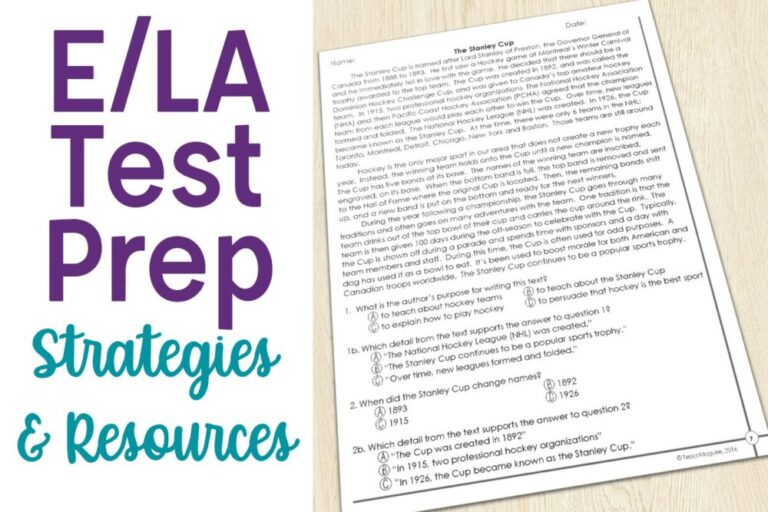
I wish I could say we don’t spend any of our instructional time on ELA test prep. I wish I could say that the tests were straightforward and gave me quality data to help make instructional decisions about my kids’ learning track. I wish I could say that the tests were painless and worthwhile. I wish I could say that they were fair, developmentally appropriate, and measured my kids’ knowledge fairly. I wish I could say that my kids were ready for the test and we were both confident in their performance.
But, I can’t.
In the last 5 years students in my state have taken 4 different versions of a test measuring the SAME set of standards. First, it was paper pencil. Then it was the same test but online. So, yes, it’s the same, but it’s an entirely different game when the students have to type everything- especially students that don’t have regular access to electronic devices. Then, we switched tests to one mirroring PARCC. THEN, we switched tests to one mirroring SBAC. The E/LA, especially the writing component, of the SBAC is far and away different from PARCC. Our results have been all over the place because the test presents things in different ways. Presentation and format matters. Because my students are 9. So we intentionally do some test prep so they’re comfortable with both the presentation and format.
I need to teach format and expectations because this is the first time they’re seeing these big tests as third graders and they have this infamous Voldemort feeling surrounding them. I need to teach format and expectations because they’re often asked to answer questions in obscure ways that even confuse adults. I need to teach format and expectations because they’re often asked to answer questions that have more than one “right” answer, and they have to choose which one is best. And, I need to teach format and expectations with my kids so they don’t sign into the test and shut down when they see that the first story is 4-5 pages long. Or, so they’re confident they know how to answer the questions when they’ve muddled their way there. So they know how to analyze the prompt to decide if they’re writing as themselves, the narrator, or from a minor character from the text that they don’t even remember was in it. So they know how to break the question down so they’re answering based on the exact wording the question asks, and not the way they’re probably going to read it on a first read.
And, I teach my kids format and expectations because so much rides on this test. For them and for me. I refuse to spend significant amounts of time teaching to the test. But, I also make sure we practice our standards all year long in ways they’ll see them on the test. The ELA test prep we do is what we do all year long, and not just before testing.
Underline Key Words
One of the first things we do each year is begin underlining key words in questions. We do this in texts as well as in math (we don’t do operation key words). We begin with underlining the question word as that often gives kids a big glimpse into the answer and it’s surprising how many students who don’t focus on the question word and its meaning. Many students don’t answer questions correctly because they don’t understand the question word.
Who means the response is going to be a character- a person or an animal if they’re a character. Where means the response is going to be a location or the setting. Why means there’s a cause and effect relationship. I teach my kids the sentence “Effect beCAUSE cause” and “Cause SO effect”. Then when they get to a why question, they restate the question stem and add in because and then 9 times out of 10, they’re able to answer the question immediately when they try it that way.
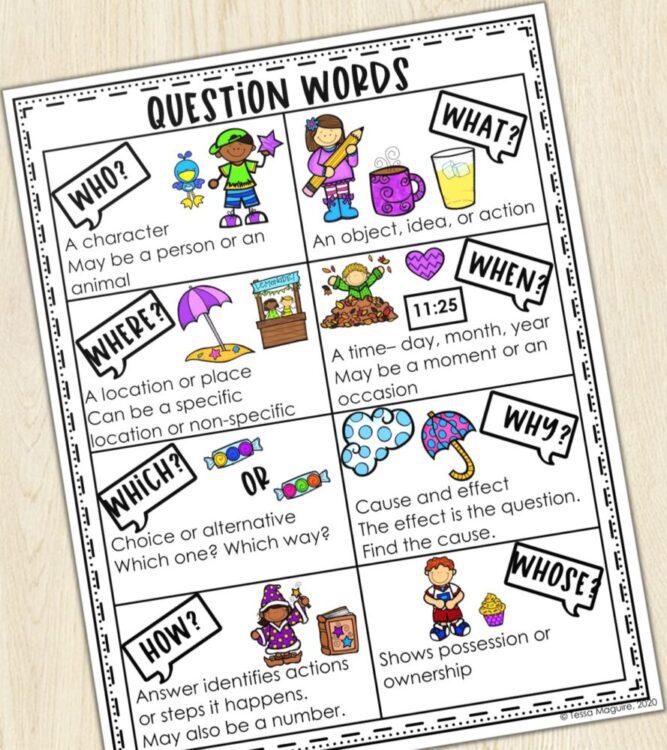
Underline Text Evidence
Referring to the text to find evidence that supports your answer is a critical skill. I begin practicing this with my kids right at the beginning of the year using the Text Detectives sets from Luckeyfrog’s Lilypad. Click the image below to head to her post to see how she sequentially teaches this strategy and to grab a few sets for yourself.
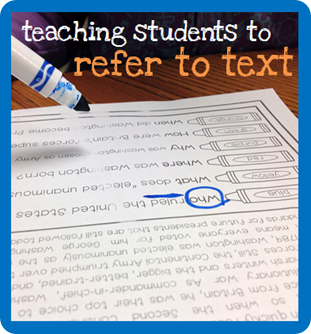
Restate the Question
I teach my students to restate the question by using the acronym PQA. I introduce it the first week of school as we get to know each other through interviews. I tell students I expect them to answer in complete sentences. We use PQA- Put the Question in the Answer but there are many other common acronyms. I have free Restate the Question Posters for many of the most common acronyms in my TpT store. You can also read my post full of ideas for practicing Restating the Question.
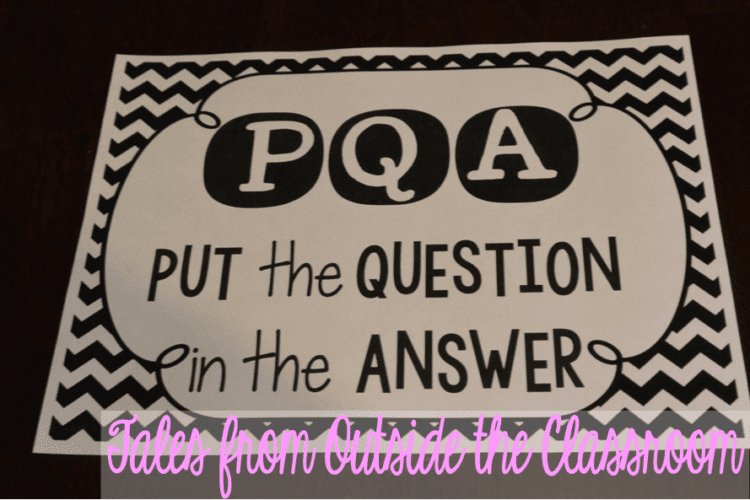
At the beginning of the year when I introduce PQA, we do it orally through interviews using my Kicking Off a Great Year unit. It’s intended to be used at the beginning of the year as the kids are getting to know each other, but it can be used at any time in the year.
In fact, I use the question cards during our morning meeting throughout the year. Sometimes we choose one question to have everyone answer in a complete sentence while restating the question. Other times, I have every student draw their own card and respond. The unit is designed for a variety of grades, and is even a great unit to teach the skill of restating the question with students as young as 1st grade.
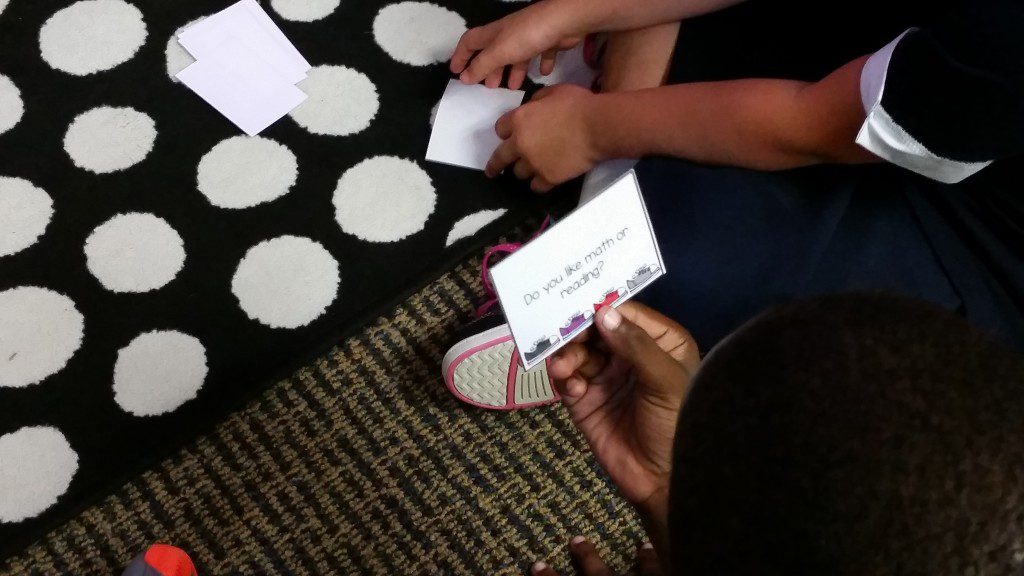
After students have practiced orally answering in complete sentences, we practice applying it by answering questions in response to reading. As a third grade teacher, I begin with my PQA Step 2 set, though as a second grade teacher, I also use this set. The text isn’t overwhelming for my kids so we can focus on our written responses and our understanding of the question. Students also continue to apply what we’ve learned with underlining key words and text evidence.
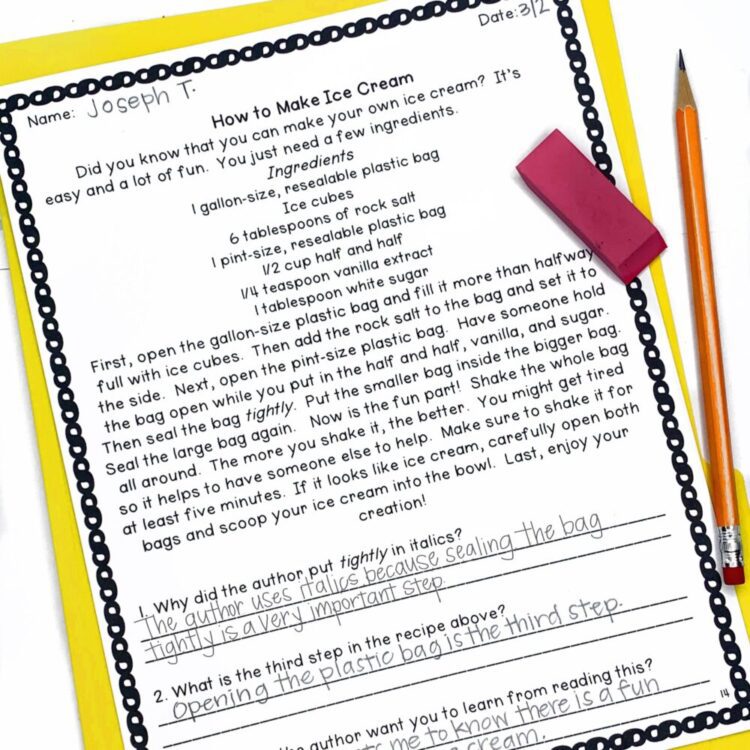
With two sets, we have enough to introduce it during the beginning of the year, and still have many left over for students to independently apply it during our reading centers, during small group instruction, and other practice. I don’t do a lot of worksheets during our reading block, but this gives me a good gauge of how my kids are independently applying the standards. During our small group instruction, my students spiral through the standards continuing to talk about the standards using these texts. You can see Set 1 here, and Set 2 here.
I’ve also had many students who have really struggled to write in complete sentences at all, that need additional intervention. For those students, regardless of grade, we’ve used my 1st Grade PQA Practice Step 1. These half sheets pages really focus on proving answers using the text and writing complete responses. We’ll use these during the first 5 minutes of my small group instruction with those students that need continued practice. You can see my 1st Grade PQA Practice here.
Practice Question Types
I want to give my kids experience and practice with various question types they’ll see on the state test. The weekly tests and resources with our basal just don’t have enough practice with anything open ended and are all multiple choice. While they do have a resource for answering extended responses to literature, there’s not enough for shorter responses using text evidence. This isn’t the focus of most of my instruction, but we apply these throughout the year in our journals and again before testing begins to get kids comfortable and confident with them.
Constructed Response Questions
When we come back from winter break is when we really start to think about the test being near and being even more mindful to give students practice with the types of questions they’ll soon be seeing. In January, we study the life and legacy of Dr. Martin Luther King Jr. using my biography and constructed response questions. Students practice writing strong answers to constructed response questions while citing text evidence.
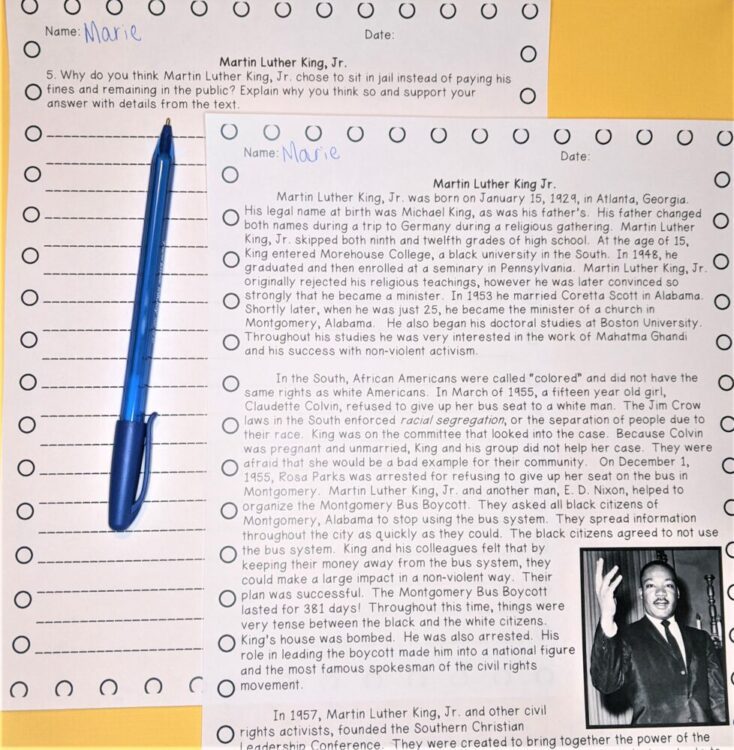
This year I also added a digital version so my students could practice highlighting and typing their responses in Google Slides. While this isn’t exactly like the test format, it does give students practice with questions and responses digitally. You can download my free Martin Luther King Jr. Biography in my TpT store.
My African-American Heroes unit gives my kids practice with text-based, inferential questions in both constructed and extended response formats. It’s the same design as my MLK freebie, and gives us texts to work with all year long. We weave these as practice throughout the year, but especially during February.
This gives my kids practice with the type of questions they’ll see on the test and allow us to discuss and practice how to tackle them together. These two types of questions (constructed response with about 5 lines to respond with text evidence as well as a longer extended response prompt based on the text) are prominent in the PARCC and SBAC assessments. You can see more about the unit, and download a free set on Martin Luther King by clicking here.
Part A/Part B Question Types
A new change in recent testing systems has been that the kids are now asked to cite the text evidence that supports their answer in Part A/Part B question formats. As I tell them, the test doesn’t ask them “What color is the dog?” and then they get to choose the evidence “The dog is brown”. It asks them to make an inference and then gives them two inferences that seems to make sense. Then it gives them evidence that doesn’t seem to support either one of the inferences that seems plausible. I’m exaggerating, but they’re definitely tricky in their little 8 year old minds. I created a set of Part A/Part B questions and passages called What’s the Proof to help us practice these tricky question types.
Each passage fits about a half page and is duplicated on the first and second pages so students don’t have to flip back and forth between pages. Each passage includes 4 questions with 4 questions asking for the text evidence. Part A questions ask students to make inferential choices, and then part B requires them to cite a piece of text evidence that would support their choice.
The unit includes 3 fictional texts, a myth, and 8 non-fiction texts. The texts are written with varying levels of complexity but are intended to be great test prep for third and fourth grades. See more about them, and try out a passage with your kids, here.
SBAC Performance Task
As I mentioned, last year our state test changed from based on PARCC to based on the SBAC. That was a big change for my students as the writing prompt changed significantly. Students went from writing a response to a text to creating a new piece of writing using two provided texts. While I’ve always taught genre writing using the writing process, and we previously had an on-demand prompt, but having students use a piece of someone else’s text to craft their own writing was something new. And, it’s hard. We practice the genres during our writing instruction throughout the year, and at the end of each unit, we practice the performance task format using texts. That practice is so important for students to feel prepared for the test.
I created this SBAC Performance Task practice to use in the spring to give students another round of practice. This Female Supreme Court Justice unit features biographies of Sandra Day O’Connor and Sonia Sotomayor along with part 1 questions and part 2 writing prompts. The Part 2 writing prompts include options for narrative, opinion, or informational writing. You can assign just one, use the same one throughout the year, or give different students a different task. I also have put both the texts, part one questions, and part 2 prompts online on Google Slides so students can practice typing their responses and working digitally. You can take a closer look at my Supreme Court Justices SBAC Performance Task Practice on TpT.
Writing Prompt
One of the biggest differences between the SBAC and PARCC assessments is the way the writing prompt is framed. As we’ve seen since our shift to the SBAC assessment, students really need to be able to analyze the given prompt to identify the type of writing they need to complete and the specifics the prompt requires. As part of our ELA test prep, I teach my students the RAFT Writing strategy. While it’s traditionally used as a format given to students to write about content, it’s a fabulous strategy for teaching students to dissect their writing prompt. Due to the complexity of understanding the strategy, instead of detailing it completely here, I’m linking to the RAFT Writing Strategy here.
Online Test Prep
It’s so important that students have practice with the online test format. Throughout the year, I put much of our practice work online to give students practice with the types of questions they’ll see on the test. Edcite and Edulastic are my two favorite online tools. They allow you to design your test with the same types of questions they’ll see on the real test, and in the same format. For E/LA it’s so important that students work with the text side-by-side. While we do work using Google Slides and Google Docs, it’s still not the exact same that they’ll see online. It does take a bit to get used to using the available tools on both sites, but they’re worth figuring out the navigation.
These ELA test prep strategies and resources help my students feel confident heading in to our spring testing. I hope they’re successful for your students as well.
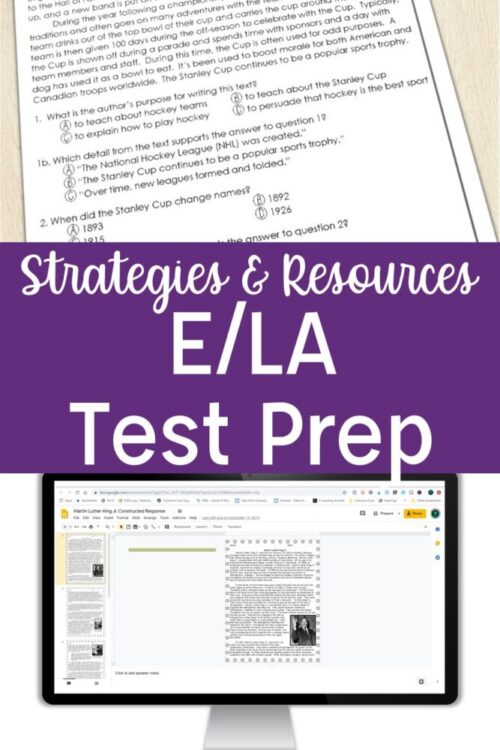
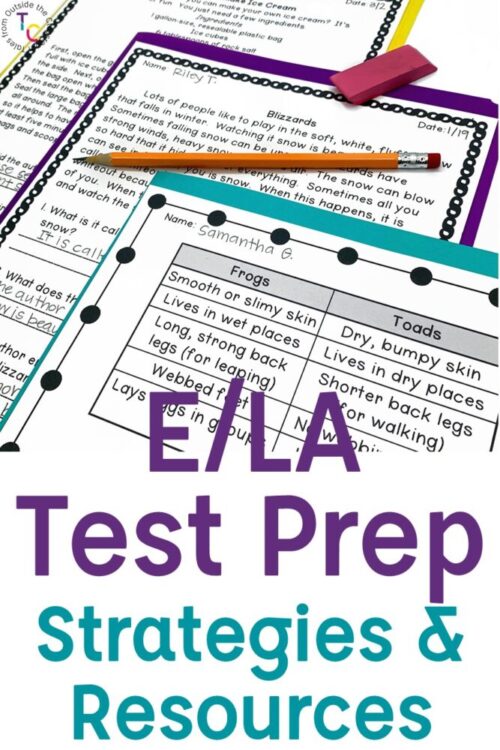
Newsletter Sign Up
Signup for my weekly-ish newsletter. I send out exclusive freebies, tips and strategies for your classroom, and more!
Please Read!
You have successfully joined our subscriber list. Please look in your e-mail and spam folder for Tales from Outside the Classroom. Often, the confirmation email gets overlooked and you're night signed up until you confirm!

Hi! I’m Tessa!
I’ve spent the last 15 years teaching in 1st, 2nd, and 3rd grades, and working beside elementary classrooms as an instructional coach and resource support. I’m passionate about math, literacy, and finding ways to make teachers’ days easier. I share from my experiences both in and out of the elementary classroom. Read more About Me.









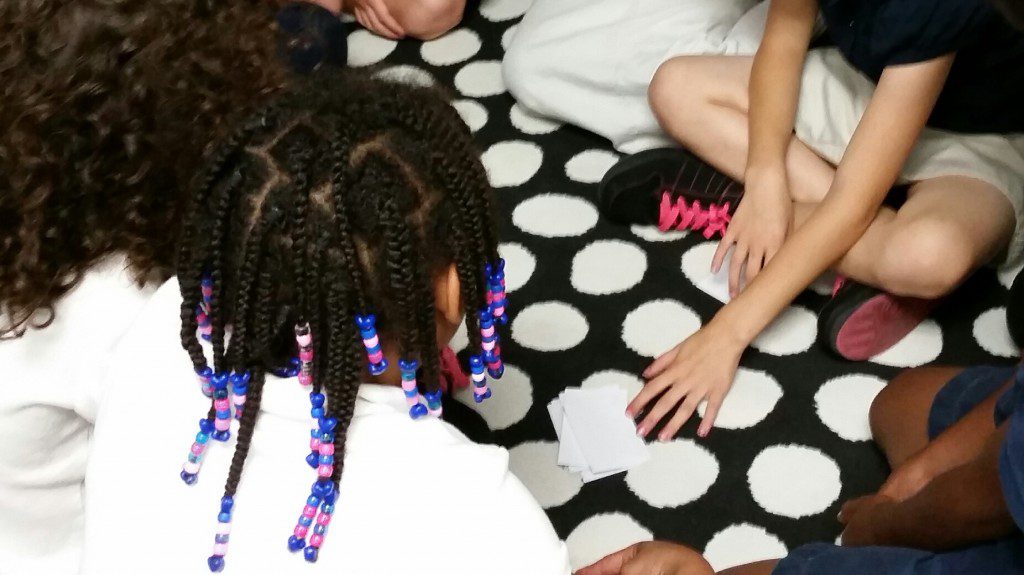
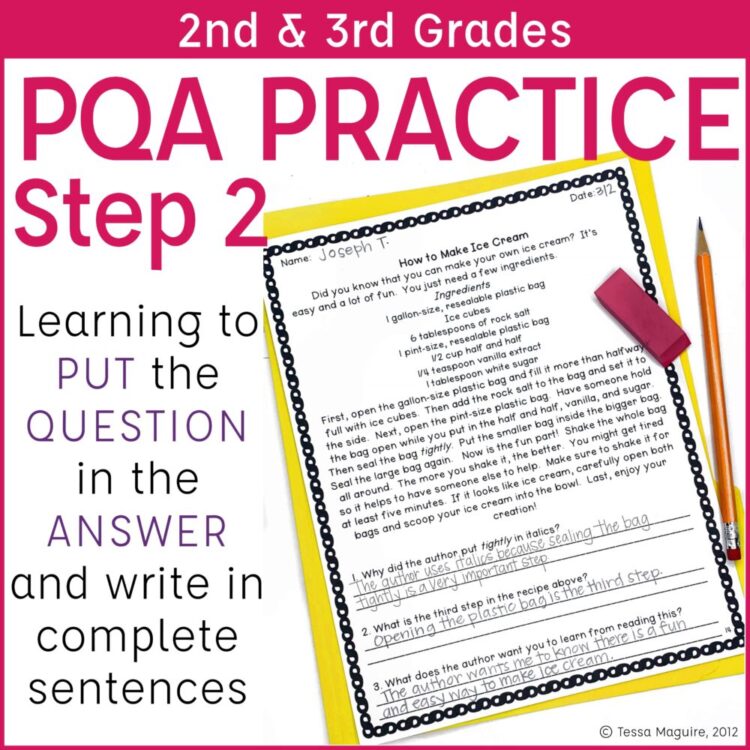
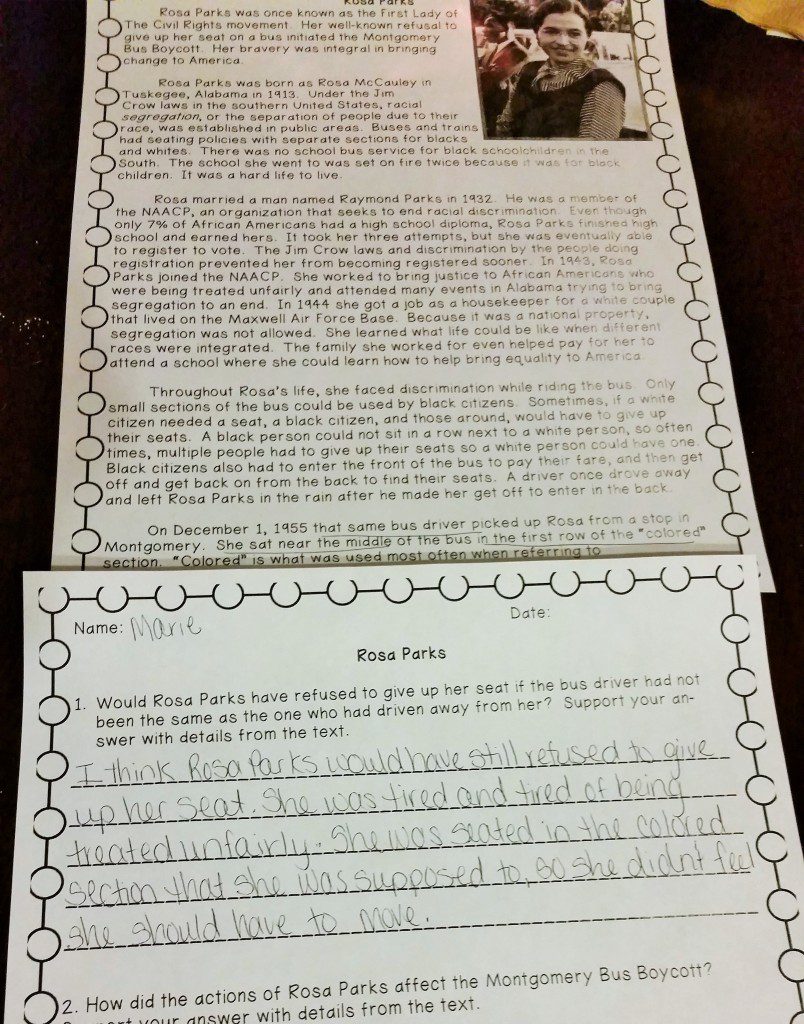
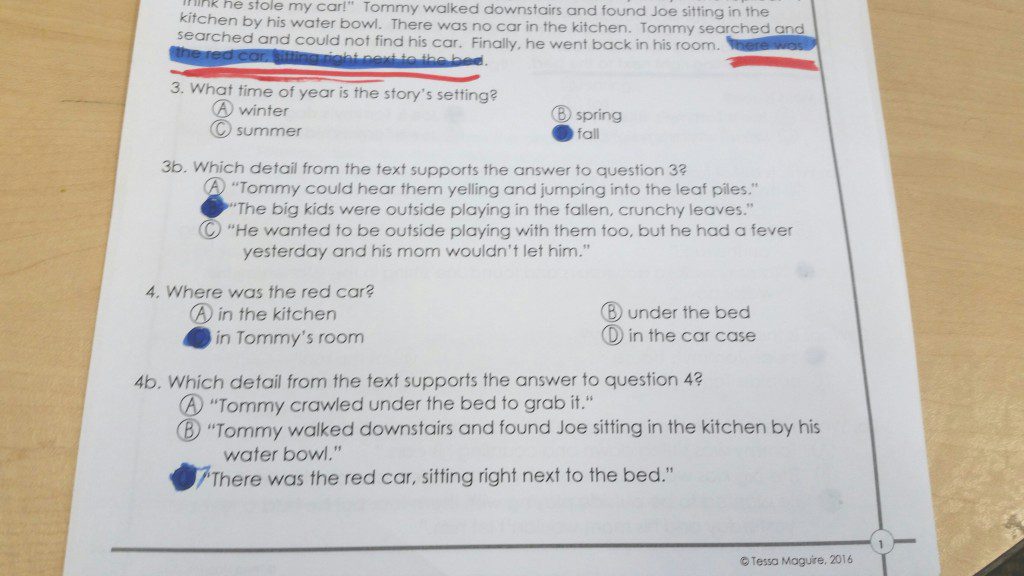
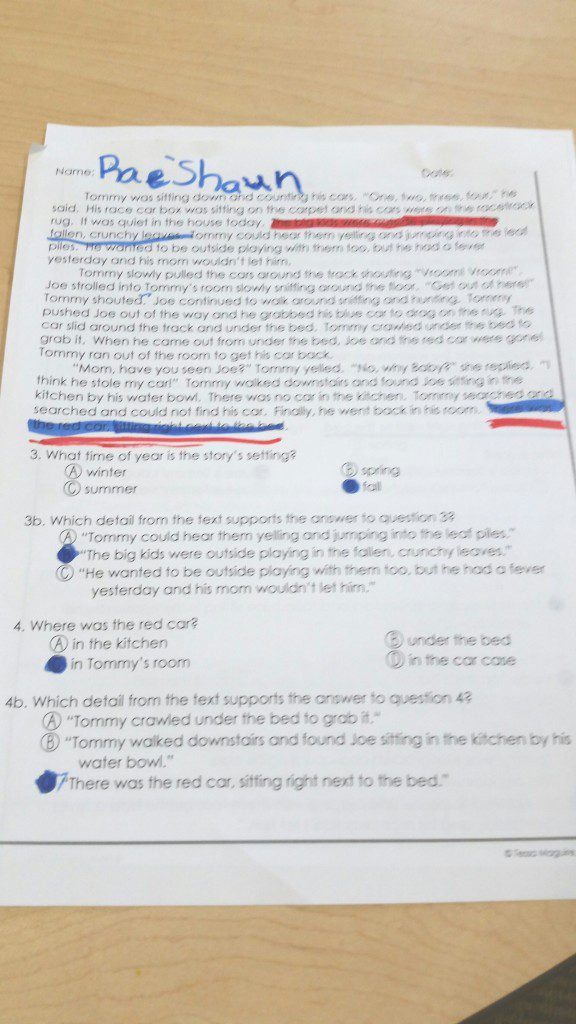
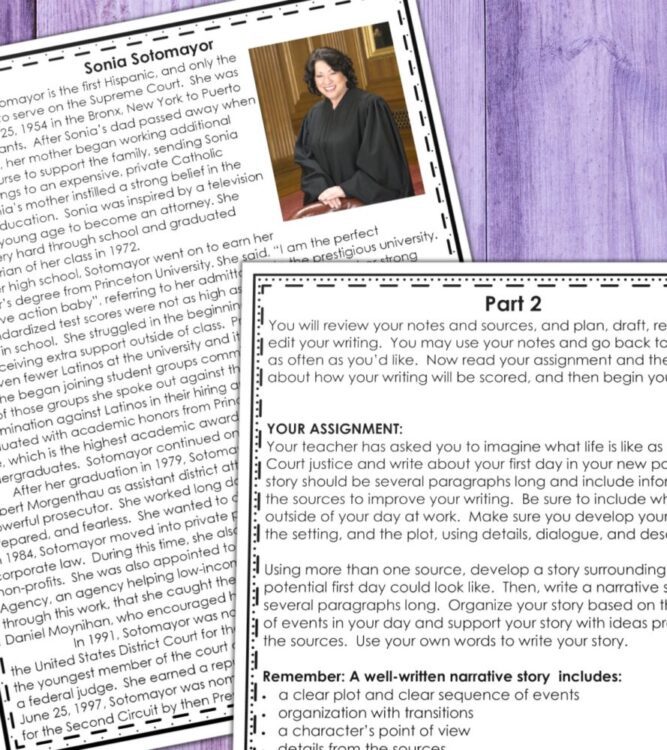

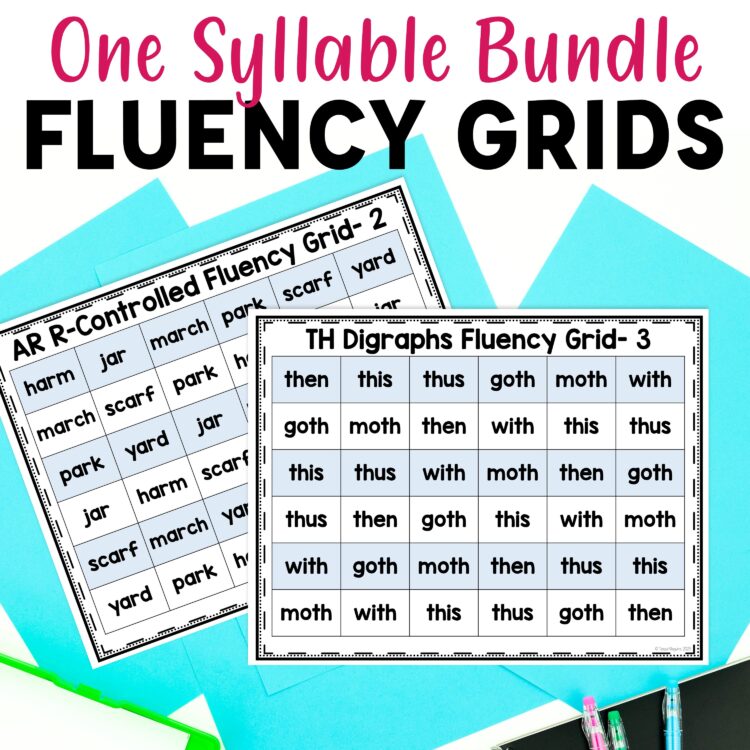
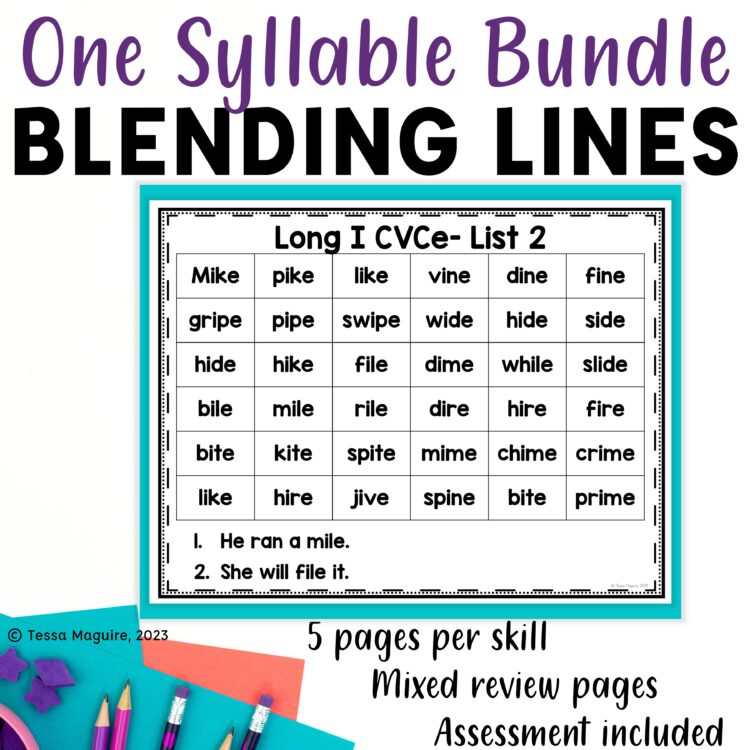
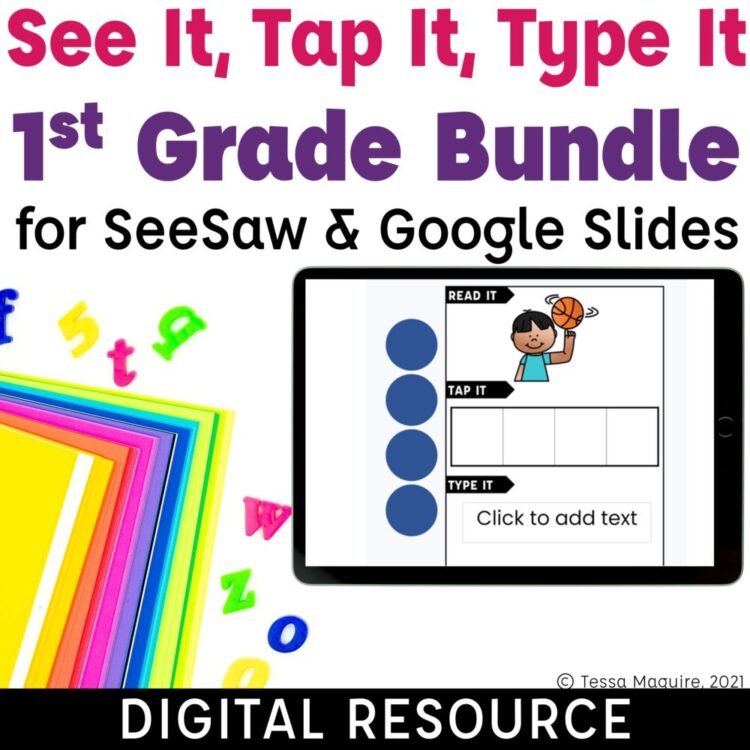



One Comment
WOW!!!!!! And thank you.